Antelope Island always has an interesting mix of birds for the photographer and birder. During the winter months raptors are one of the primary attractions for me but soon after the cold months are over they begin to thin out and the migrating spring birds begin to appear. The last several weeks have been in transition with fewer raptors but many migrating species are beginning to show up – in addition to the many year-round residents on the island.
With this post I thought I’d present a few shots from the past week or so as a small representation of some of the common birds right now.
1/2500, f/6.3, ISO 500, 500 f/4, 1.4 tc
Black-billed Magpies are year-round residents of the island and they’re in a nesting frenzy right now which allows for some interesting opportunities for the photographer. This bird is landing on a bush very near its nest.
1/1250, f/7.1, ISO 500, 500 f/4
Springtime is my favorite season to photograph Chukars because they’re all dolled out in fresh plumage and they’re very approachable when they’re calling from rocks. For much of the rest of the year they spend their time scurrying around in the vegetation and it’s quite difficult to get a clean shot. This one was calling with a lot of enthusiasm!
1/3200, f/5.6, ISO 500, 500 f/4, 1.4 tc
Some of the Loggerhead Shrikes also remain on the island year-round but their numbers increase noticeably in spring.
1/1000, f/6.3, ISO 640, 500 f/4, 1.4 tc
It’s always a treat when the Long-billed Curlews return to the island and they’ve been back in good numbers for over a week now. They prefer the short grass areas which is a big advantage for the photographer because so many areas of the island are covered with thick dried sunflowers, mullein and other vegetation that obscure the birds and make clean shots almost impossible. It’s my working hypothesis that one of the main reasons they like the short grass is their method of take-off. They like to get a running start which would be difficult in areas of higher vegetation. I always enjoy take-off shots like this with the wings up to show the beautiful colors there and I like the feet and legs in this dynamic running position.
1/2500, f/8, ISO 500, 500 f/4, 1.4 tc
This bird has just lifted off and tucked its legs and feet into a more aerodynamic position. I liked the flight posture here with the head and long bill protruding out between the wings.
1/2000, f/6.3, ISO 500, 500 f/4, 1.4 tc
Some Western Meadowlarks also remain on the island year-round, especially during a mild winter like we’ve just had. They’re pretty skittish during the winter though so I’m always glad when their springtime hormones start flowing since they’re much more likely to stick to their perch when you approach as they’re singing. I liked the setting in this shot with the grasses to the right and the color of the Great Salt Lake far off in the background.
1/4000, f/6.3, ISO 500, 500 f/4
There are still a few Northern Harriers hunting the causeway especially in early morning but not as many as during the winter months. This is another image where the lake is in the background. Though this male was slightly past me when I clicked the shutter, the look back I got from him made the shot work for me.
1/800, f/6.3, ISO 400, 500 f/4, 1.4 tc
I only include this image to once again demonstrate my ongoing frustration at getting decent shots of perhaps my primary nemesis bird – the Golden Eagle. A pair of them have been hanging out on the north half of the island for some time now but they’re usually far away, soaring on the updrafts coming off the mountains and hills. This bird surprised me – it was too close (this image is full frame and uncropped) and the light was harsh and coming from an unflattering angle. I typically get only three or four opportunities with this species per year and I still don’t have any images of them that I’m particularly proud of.
Maybe next time…
Ron


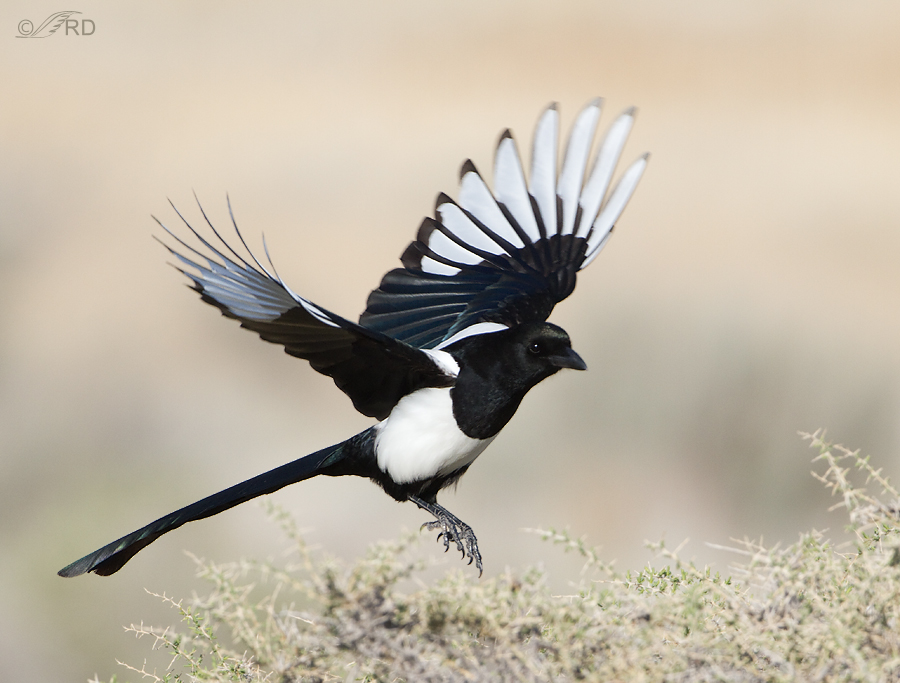
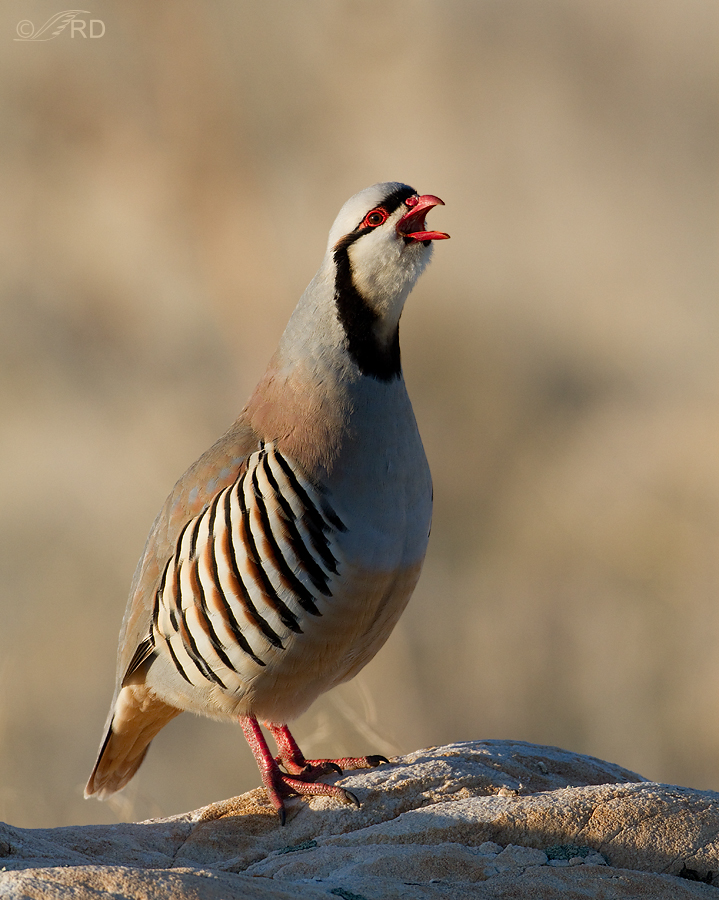
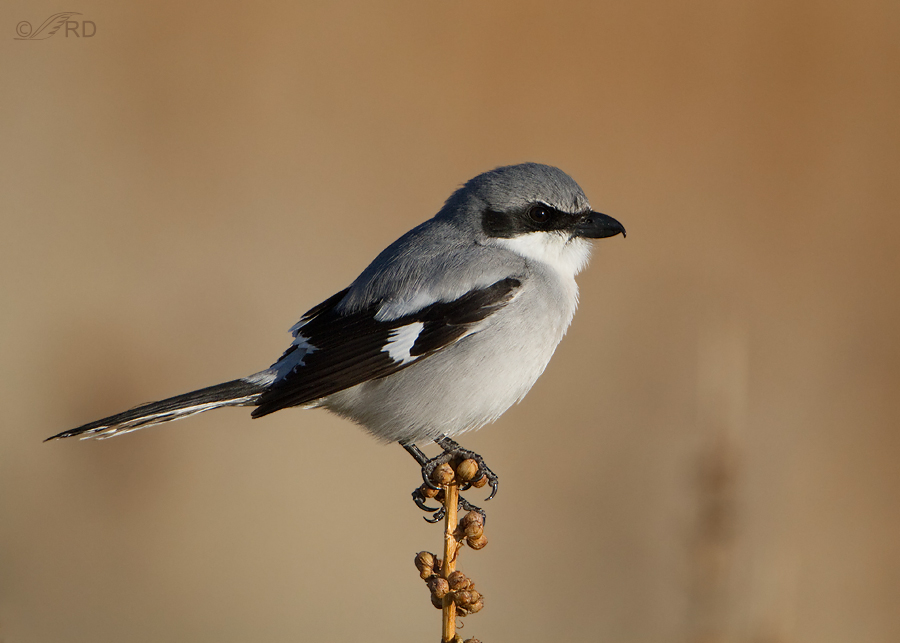
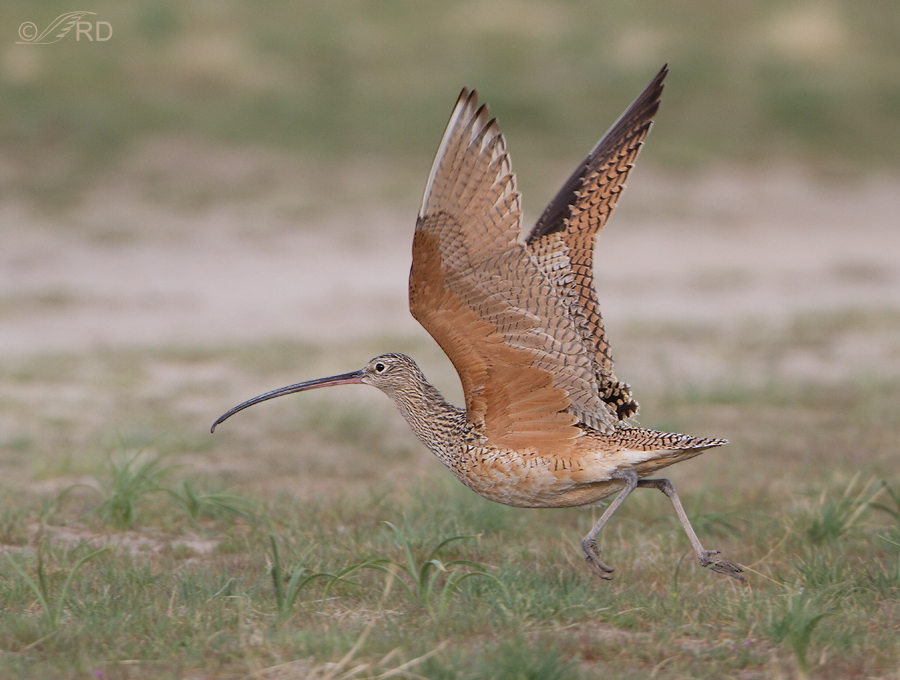
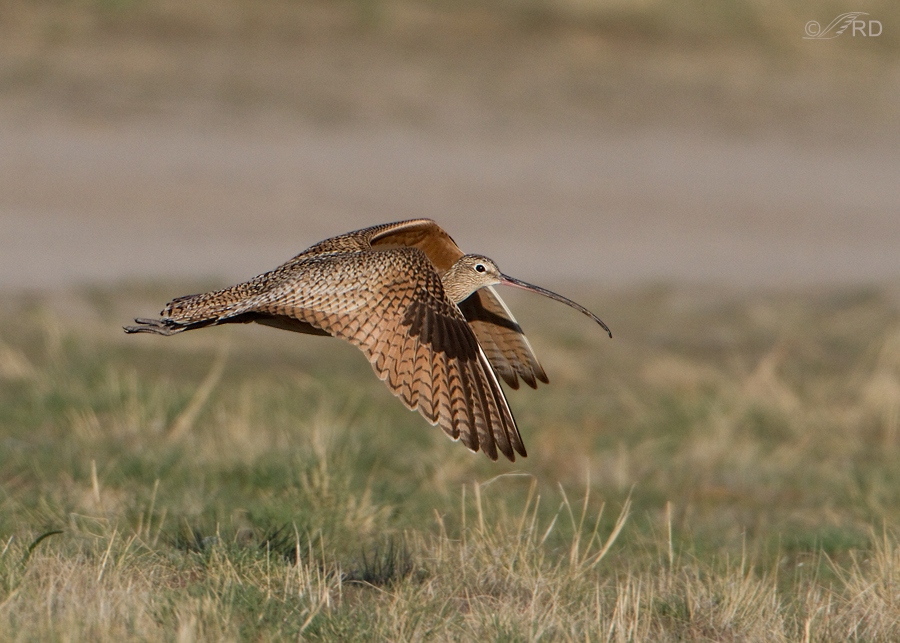

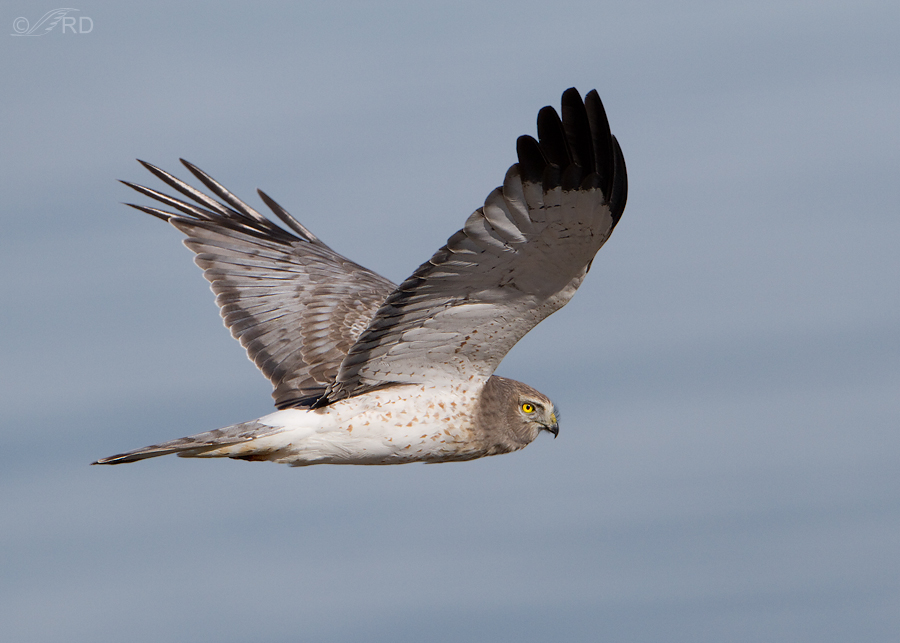
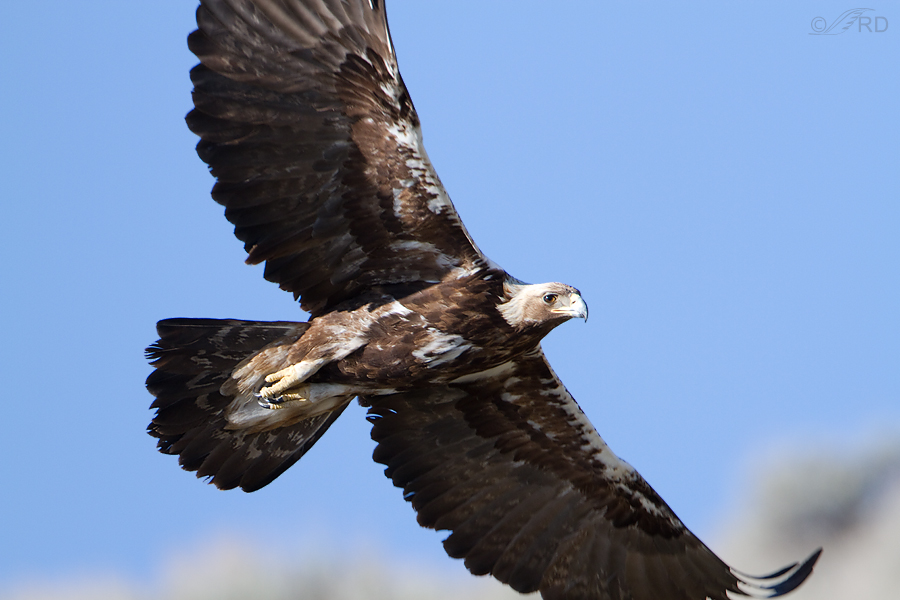
Glorious Spring shots!
Great series Ron. The birds you photograph on Antelope Island are always so clean and crisp. No doubt this is in large part due to your excellent photography, it seems like their more wild habitat (relative to places where I see some of these birds in the Phoenix area) makes them more muscular, more dynamic. The birds on these pictures all seem to ooze power and potential energy. Of course, that could go for all birds, but when I view your wonderful images it reminds me of a noticeable lethargy in some of the urban birds around here.
Thanks for sharing. Nobody else shoots raptors like you.
The cropped wings on the Golden Eagle re-inforce its power and majesty for me. I loved all of these. Thank you so much.
They are all great shot, Ron. I know what you mean about the Golden Eagle being your nemesis. The Northern Harrier is mine. Mine are so bad that I have destroyed all of them.